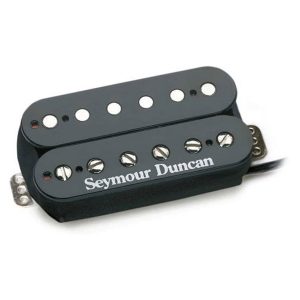
- Better For Bridge Position
- For Heavy Blues And Metal
- 6 Strings
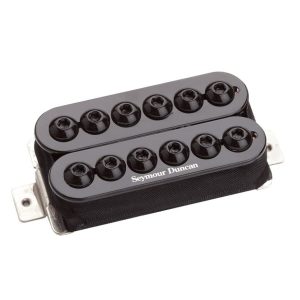
- Magnet Material – Ceramic
- For Punk, Garage, Thrash, Metal
- 6 Strings
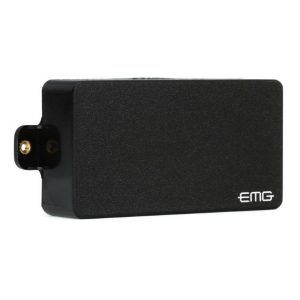
- Magnet Material – Ceramic
- Bridge System – Tune-O-Matic
- String Gauge – Light

- Magnet Material – Ceramic
- For Heavy Rock And Metal
- 6 Strings
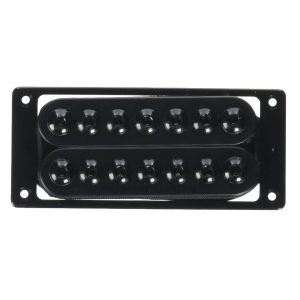
- Magnet Material – Ceramic
- Extra-Large Pole Pieces
- 7 Strings
Choose the Best Passive Pickup for Metal
Customer’s Choice: the Best Rated Passive Pickups for Metal
27 users answered this survey. Please help us improve this review!
Table of Contents
Best Passive Pickups for Metal – Buyer’s Guide
“If you want a nice clean sound, you need passive pickups” – that’s a statement you come across quite often. Can you leave it at that? The fact is: passive pickups are more “sensitive,” the contrasts between the strong and weakened attacks are better transported. In other words: passive pickups are better for dynamic and soulful playing like metal music. A Gary Clark Jr. is unlikely to work with EMGs (although the EMG60 almost has a single-coil character). Now there’s still the question of whether passive pickups should be used more with high-quality wood than active ones. Fact is: EMGs and active pickups distort less due to their smoother frequency response, but compress the sound quite a bit – they have a proper acoustic fingerprint.
Conversely, this means that cheap wood or poor workmanship can be better concealed with the help of active pickups. So if you are a guitar builder who has made compromises in the material issue, you will tend to go for active pickups. Passive pickups, which tend to “color” the sound, can also be used to desire a certain sound character.
But do pickups really incorporate the surrounding wood? Or only the vibrations of the strings? The fact is: The vibration of the strings is transmitted to the wood – the better this transmission (also depending on the tension at the bridge), the better the sustain. Now, active pickups, for example, have a weaker magnetic field than passive pickups, so they affect the strings less in their vibration behavior – another reason why active pickups are said to have better sustain. So pickups, wood, and sustain are definitely related to each other. But two key drawbacks are well and truly present with passive pickups:
The first is that passive pickups are often prone to ambient noise. Noise gates can be used to control whistling, scratching, and clacking, but this can be at the expense of the sound’s dynamics – and better dynamics is actually the argument in favor of passive pickups. The second concerns cable length and quality. Due to the fact that active pickups have a built-in preamp that affects the impedance, the sound loss is manageable with the 10-meter cable. With passive pickups, a cable that is too long can lead to a considerable loss in terms of treble.
Enough of the disadvantages: Because anyone who has ever tried to produce a buttery, warm crunch sound with an EMG81 will know where the passives prove themselves, especially: in the distorted realms. So while active pickups often carry high-gain and solo and lead tones better, the more dynamic passive pickup is more suited for mid-gain. So, let’s summarize:
- more dynamic sound
- better suited for mid-gain and more “spacious” music
- lower output
- more “alive” sound
- more flexible
Passive pickups for metal – Advantages
No battery needed
A huge advantage that your electric guitar or bass is always ready to play. You never have to worry about radio silence at the gig. You also don’t need to buy 9-volt blocks or recharge batteries every so often constantly.
Dynamic, organic sound
Passive pickups offer a wider dynamic range, so they respond much more to the guitarist’s touch. With these, extremely nuanced and contrasty playing is possible. In other words: Passive pickups react more sensitively and present strong and soft strokes more clearly as such. This is good for all pieces of music where there is no permanent scratching, and one sound carpet is laid out after the other.
Modifications possible with capacitors and resistors
Passive pickups are generally more interesting for hobbyists, as their sound can still be shaped by subsequently added electronic modifications, namely by the mentioned capacitors and resistors, which can be activated by additional switches implemented on the guitar.
The structure of a passive electronics
A passive electronic does not need a power supply. That’s why it can only work in one direction, i.e., cut frequencies. A classic passive electronics consists of volume controls for the pickups and passive tone control. When fully turned up, this control is in its neutral position. Turning it changes the value of the capacitor inside the electronics. This attenuates the highs.
There are usually no other features on passive electronics. However, suppose the instrument has two pickups. In that case, a balance control for the mixing ratio of the pickups and single volume control for the overall volume is often used instead of the two individual volume controls.
Whether humbucker, single-coil, active or passive – the choice of the right pickup for your guitar can quickly become a torment in view of the oversized selection. Anyone who wants to give their guitar a set of better pickups or give it a new sound quickly runs the risk of getting lost in the jungle of windings, impedances, magnets, and other technical specifications. Of course, objective details characterize each pickup, measurable electrical, and technical data that provide information about its basic capabilities and performance. But from this, it is possible to estimate only very roughly how it actually sounds, how dynamically it plays along, and how it fits the instrument.
Useful Video: ACTIVE vs PASSIVE Pickups!
Conclusion
Since the first electric basses were equipped exclusively with passive pickups, you usually hear the sound of passive basses on classic rock and Motown productions. Passive pickups for metal music have typical analog sound characteristics and deliver warm, round, and very dynamic sounds. The possibilities to influence the sound are generally rather moderate with passive pickups. Normally, passive electric basses offer (in addition to the volume control) controls for bass and treble, with the help of which the sound’s bass and treble components can be lowered. In other words, the player of bass with passive electronics can “only” work on the “natural” frequency range of the pickups: More treble and bass than the pickup can deliver at maximum is not available. Of course, this is not necessarily a flaw. You just have fewer possibilities to process the sound than, for example, with active systems.


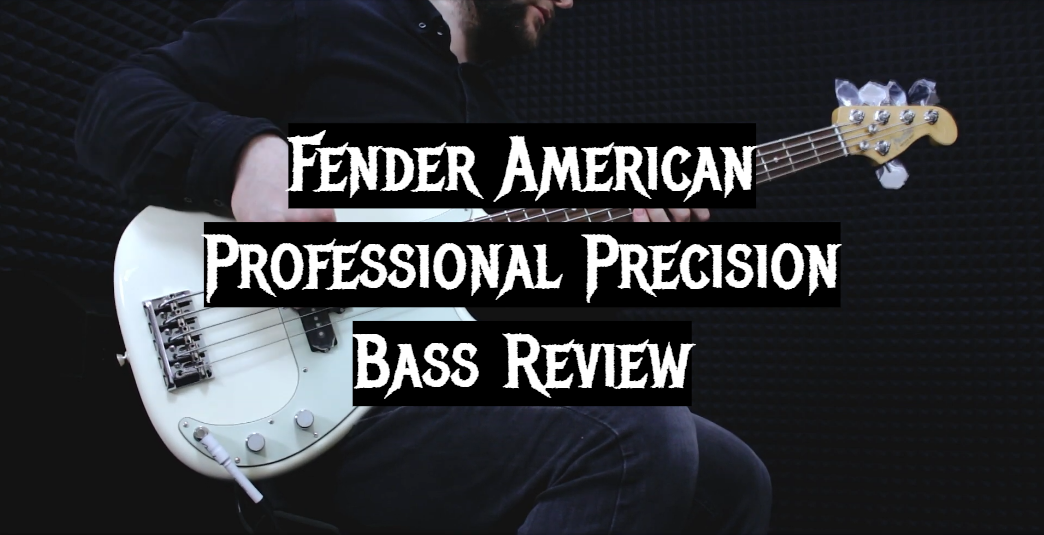

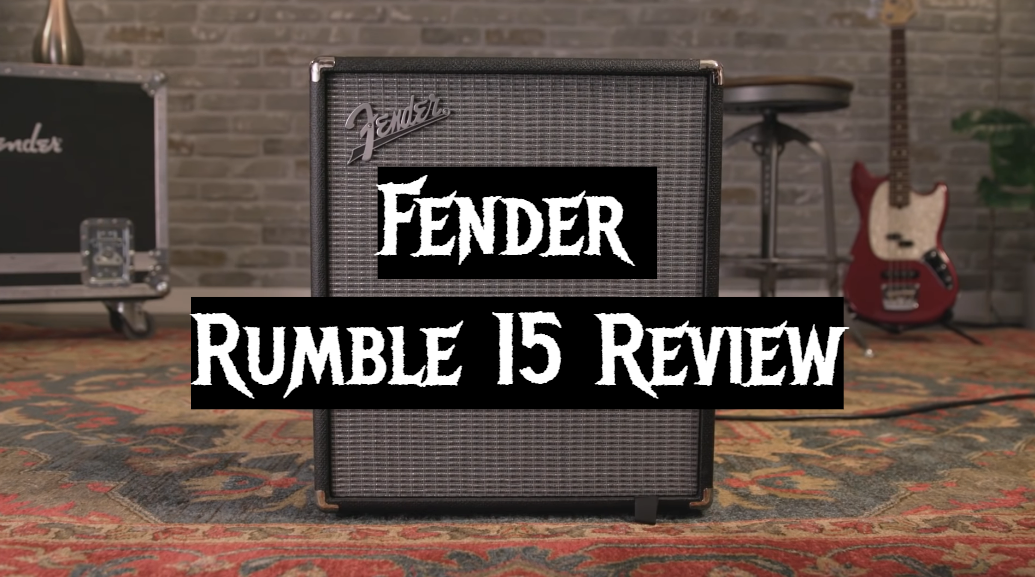
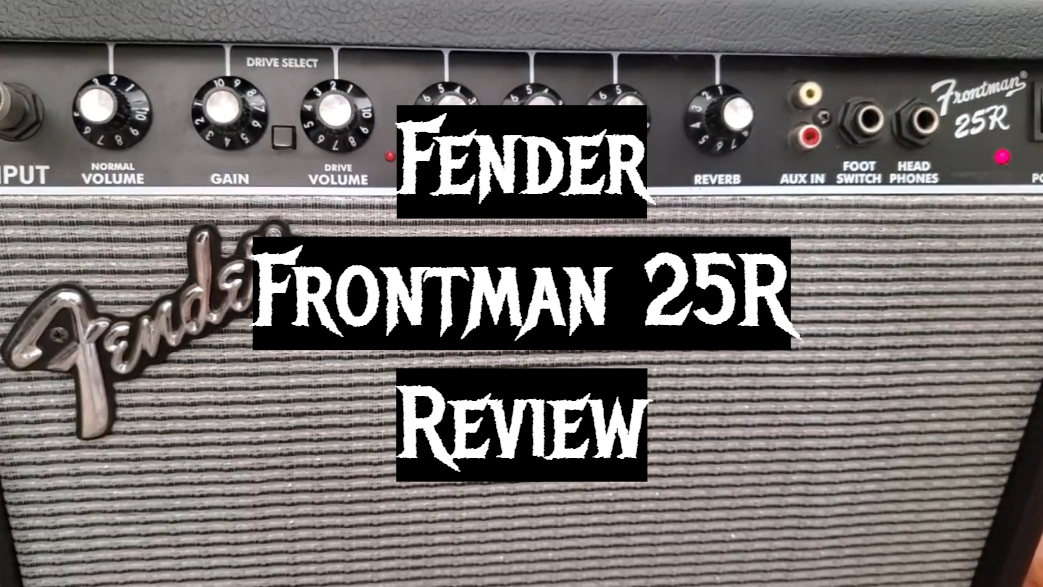
Leave a Reply